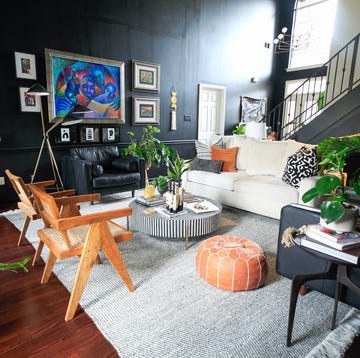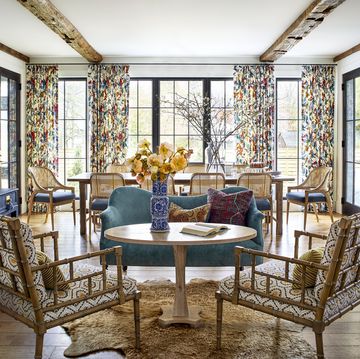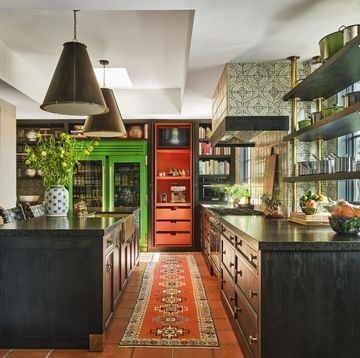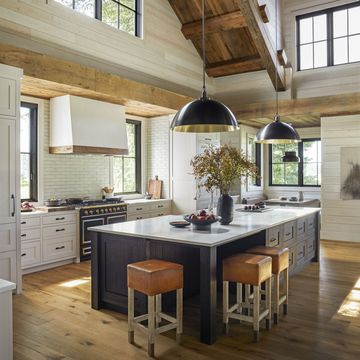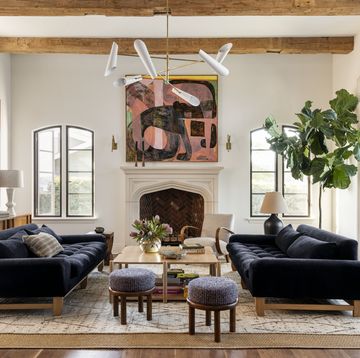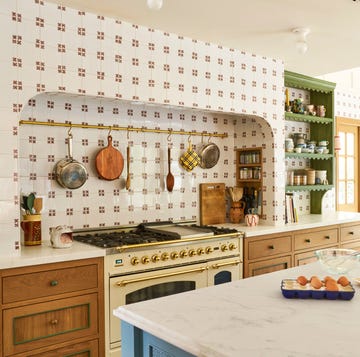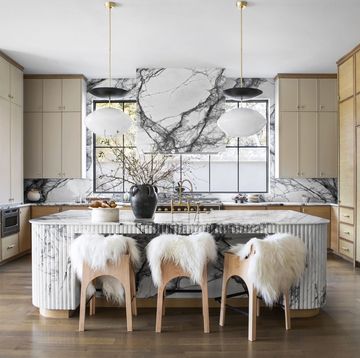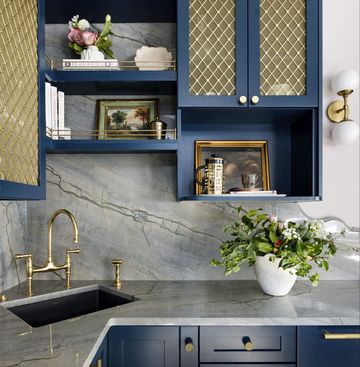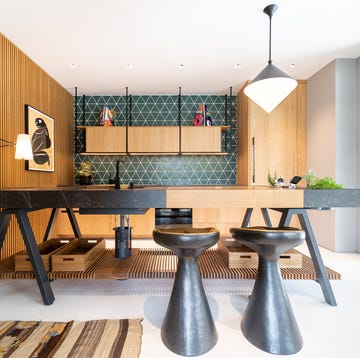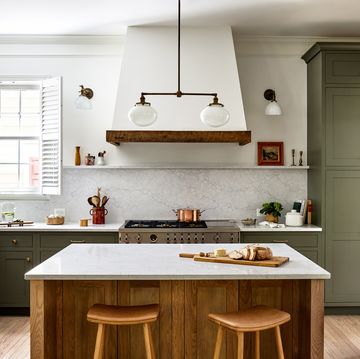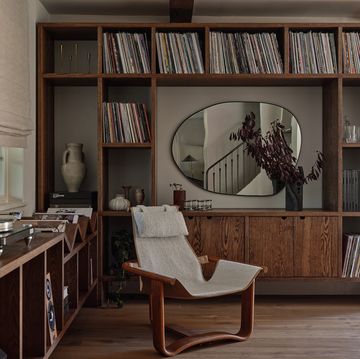So you want to hire an interior designer. But how can you tell if someone is right for the job? It’s important to make sure that the person you pick not only wholly understands your vision, but is also ready and willing to see it through. Renovations demand a great deal of communication and collaboration over an extended period, so you should feel comfortable working closely with whomever you ultimately choose. That’s exactly why designers often ask homeowners to fill out lengthy questionnaires about their wants and needs even before agreeing to take on a project. So why not turn the tables?
To help you figure out whether it’s a good fit, we probed five of our favorite designers for advice on what you should find out early on in the matchmaking process. Read on for the top questions to ask before you put down a deposit.
#1: What are you most passionate about when it comes to design?
It’s important to understand what motivates them,” says Boston-based Dane Austin—whether it’s their creative vision, profitability, or desire to make connections. “This will reveal a great deal about a designer and their team.”
#2: What is your process?
This one might seem obvious, but “some clients forget to ask,” says Clara Jung, principal at Banner Day Interiors. “It's often clear what the goal is, but how is the designer going to help a client achieve it? Is it a collaborative process or one that is more hands off? Outlining the steps and having the client understand how you will help them execute the overall vision is key to a successful client/designer relationship.”
#3: What types of projects do you usually take on?
“Many clients, when looking to hire, don't realize that designers that are newer in the industry aren't really experienced with actual design projects,” says LH.Designs founder Linda Hayslett. Their portfolio features realistic 3D photos that look like images of a completed renovation, but aren’t real. Ultimately, you want an experienced designer who has a proven track record and plenty of finished projects under their belt—not just renderings. Similarly, if a designer has expertise in new builds, for example, but hasn't worked on a renovation, and you're looking to overhaul a historic home, it may not be a fit. Look for experience that speaks to the kind of home you want.
#4: What do you charge?
Avoid getting blindsided by asking about the designer’s fees and markups right off the bat. “Transparency regarding compensation is a sensitive topic, but can also be an opportunity to vet whether a designer is the right one for you,” Jung asserts.
#5: What do I need to spend to get the look that I want?
...but asking how a designer charges is meaningless if you're not taking into consideration what your specific project will cost. “Many clients have no idea how much they need to spend,” says Kristen Peña, founder of San Francisco-based K Interiors. “It is our job to help them understand that, so there are no surprises and they don’t fall in love with a design that they cannot afford.”
Amy Sklar, owner of Amy Sklar Design, agrees: “Money is so hard to talk about, but it's the only way to keep a project on track,” says the Los Angeles-based designer. “A lot of clients who have not worked with a designer before or have not done remodeling or decorating in a long time might not know how much things cost, so it's really important to start talking about numbers right away.”
#6: When are you available to start?
“Many people hire designers too late,” says Hayslett. “If you're looking to fully furnish a home or do a remodel, a lot of the product needed takes time to acquire. It's best to get a designer in before you even have a plan.” Even if your preferred designer seems like a good fit, if their workload means they won't be able to fit you in for months, you may want to weigh other options.
#7: How long will the renovation take to complete?
“Make sure they tell you how long they expect each phase to take,” Sklar asserts. You should also ask how much time the designer can commit to the project and how regularly they would like to meet, Austin adds. If you want to receive daily updates, find out if the designer has the bandwidth to deliver them. “How involved do we need to be to see the vision through? How long does the process take from concept to competition? Each project will vary based on the individual scope of work,” he notes.
Many folks assume that planning for a project only takes one to two weeks, “but the reality is that designing, even for a small room, can take over six weeks depending on what a client wants or needs,” Hayslett reveals. “Designers need time to gather information from people and get an idea for a space.”
#8: Can you provide referrals for contractors, architects, and landscape designers?
“In a renovation related project, a designer is often one player in a cast of many,” Jung says. “It's good to know if your designer can provide additional resources to fill out a strong team for your project. Additionally, the strong relationships with your designer and the other stakeholders can help you push your project over the line.” That said, make sure the designer you choose gets along well with the other professionals you’re planning to hire.
#9: Are you willing to work with outside contractors or vendors?
“This is an important question because a lot of people hire contractors and sub-vendors prior to even having a plan or details mapped out, and some designers will not work with vendors or contractors they do not know [or trust],” says Hayslett. “Not all contractors and subs are the same in terms of quality, so if you're looking to hire a high-end designer but have a sub-par contractor, then your project will definitely have a lot of issues.”
#10: How will you relay and resolve issues that may arise?
It’s helpful to know how a designer would handle any bumps on the road. “Communication is everything,” Austin asserts. Don't be afraid to ask questions like, “What’s your protocol for when an item arrives damaged, or when a design element is incorrectly installed?” Consider it a red flag if they don’t have a good answer!
Follow House Beautiful on Instagram.
Kristin Tablang is a senior editor at House Beautiful, where she covers design, real estate, culture, and travel. Before joining HB, she served as the lifestyle assistant editor at Forbes and Haute Residence editor at Haute Living. Born and raised in New York, she’s a proud alumna of both the City’s Macaulay Honors College and Bronx High School of Science, and is currently an MBA candidate at NYU’s Stern School of Business. An avid photographer and gourmand with an insatiable wanderlust, she'd traverse the globe with just a fork and camera in hand if she could. Visit her website at www.kristintablang.com to view her complete works and get in touch.




